Dance
Origins of Dance
Dance, as an art form and cultural practice, has a rich and diverse history that spans across centuries and continents. The origins of dance can be traced back to prehistoric times, where it was used as a form of communication and expression. Archaeological evidence, such as cave paintings and ancient artifacts, suggest that dance was an integral part of early human societies, used in rituals, ceremonies, and social gatherings Learn More.
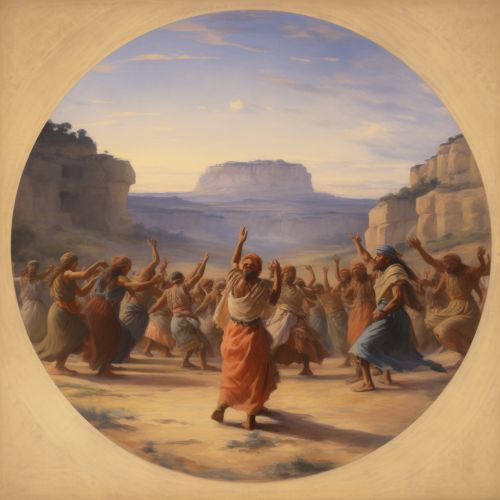
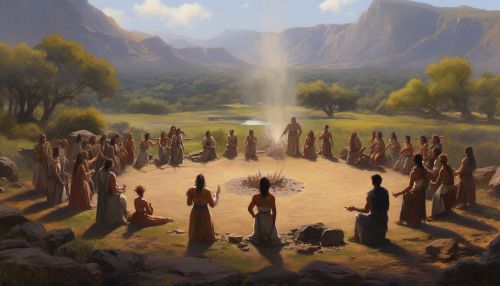
Dance in Ancient Civilizations
Dance played a significant role in ancient civilizations, including those of Egypt, Greece, and Rome. In ancient Egypt, dance was a part of religious rituals and public celebrations. It was also used in the courts of Pharaohs as a form of entertainment Learn More. In ancient Greece, dance was closely linked with theatre and music, and was often used to tell stories or to honor the gods Learn More. In ancient Rome, dance was a popular form of entertainment, often performed in public spaces like amphitheaters and forums Learn More.
Dance in the Middle Ages and Renaissance
During the Middle Ages, dance was often associated with religious ceremonies and community celebrations. In the Christian church, liturgical dance was used as a form of worship Learn More. In the secular world, folk dances were popular, often performed at festivals and community gatherings Learn More. The Renaissance period saw a revival of interest in the arts, including dance. It was during this time that ballet was developed, marking a significant evolution in the art of dance Learn More.
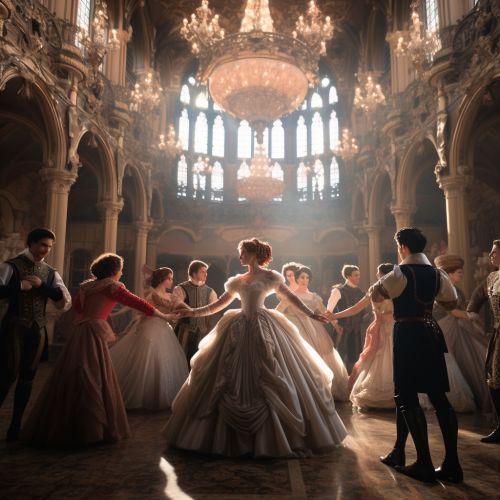
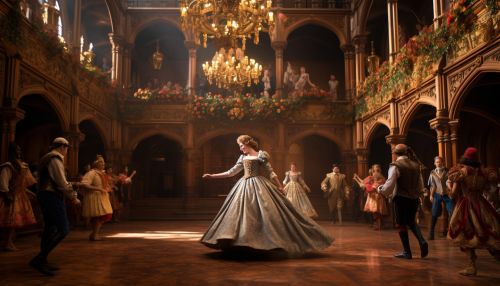
Dance in the Modern Era
The modern era brought about significant changes in the world of dance. The 20th century saw the emergence of new dance forms like modern dance, jazz dance, and contemporary dance. Modern dance, pioneered by artists like Isadora Duncan and Martha Graham, broke away from the rigid structures of classical ballet and introduced a more free-flowing and expressive style of movement Learn More. Jazz dance, influenced by African rhythms and American popular music, became popular through Broadway shows and Hollywood films Learn More. Contemporary dance, a genre that emerged in the mid-20th century, incorporates elements from both modern and classical dance, and is characterized by its versatility and innovation Learn More.
Dance Around the World
Dance is a universal language, but its expression varies greatly from culture to culture. In India, classical dance forms like Bharatanatyam and Kathak have a rich history and are deeply rooted in religious and cultural traditions Learn More. In Africa, dance is an integral part of community life, used in rituals, storytelling, and social gatherings Learn More. In Latin America, dance forms like Salsa, Tango, and Samba are popular, characterized by their lively rhythms and passionate movements Learn More.
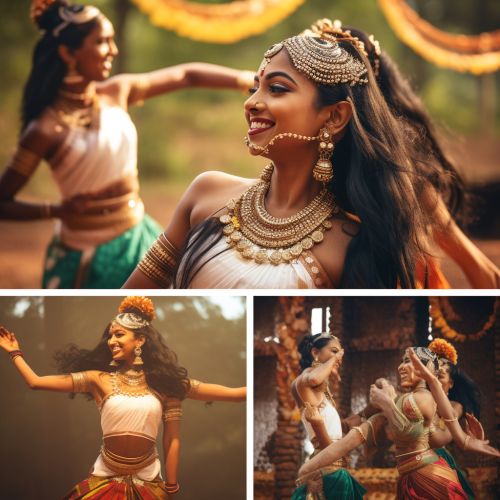
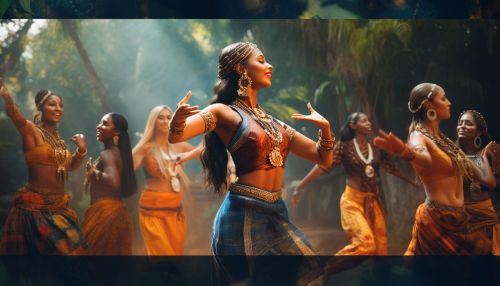
The Science of Dance
Dance is not just an art form, but also a complex physical activity that involves the use of the entire body. The study of dance from a scientific perspective involves understanding the biomechanics of movement, the physiological demands of dance, and the cognitive processes involved in choreography and performance Learn More.
Dance Education
Dance education involves the teaching of dance in schools, studios, and other educational settings. It includes the study of dance history, technique, choreography, and performance. Dance education can be pursued at various levels, from recreational classes to professional training programs Learn More.
The Impact of Dance
Dance has a profound impact on individuals and societies. It provides a means of self-expression, a way to connect with others, and a form of physical exercise. Dance can also have therapeutic benefits, helping to improve mental and physical health Learn More. On a societal level, dance can foster cultural understanding, promote social cohesion, and contribute to the economy through the dance industry Learn More.
